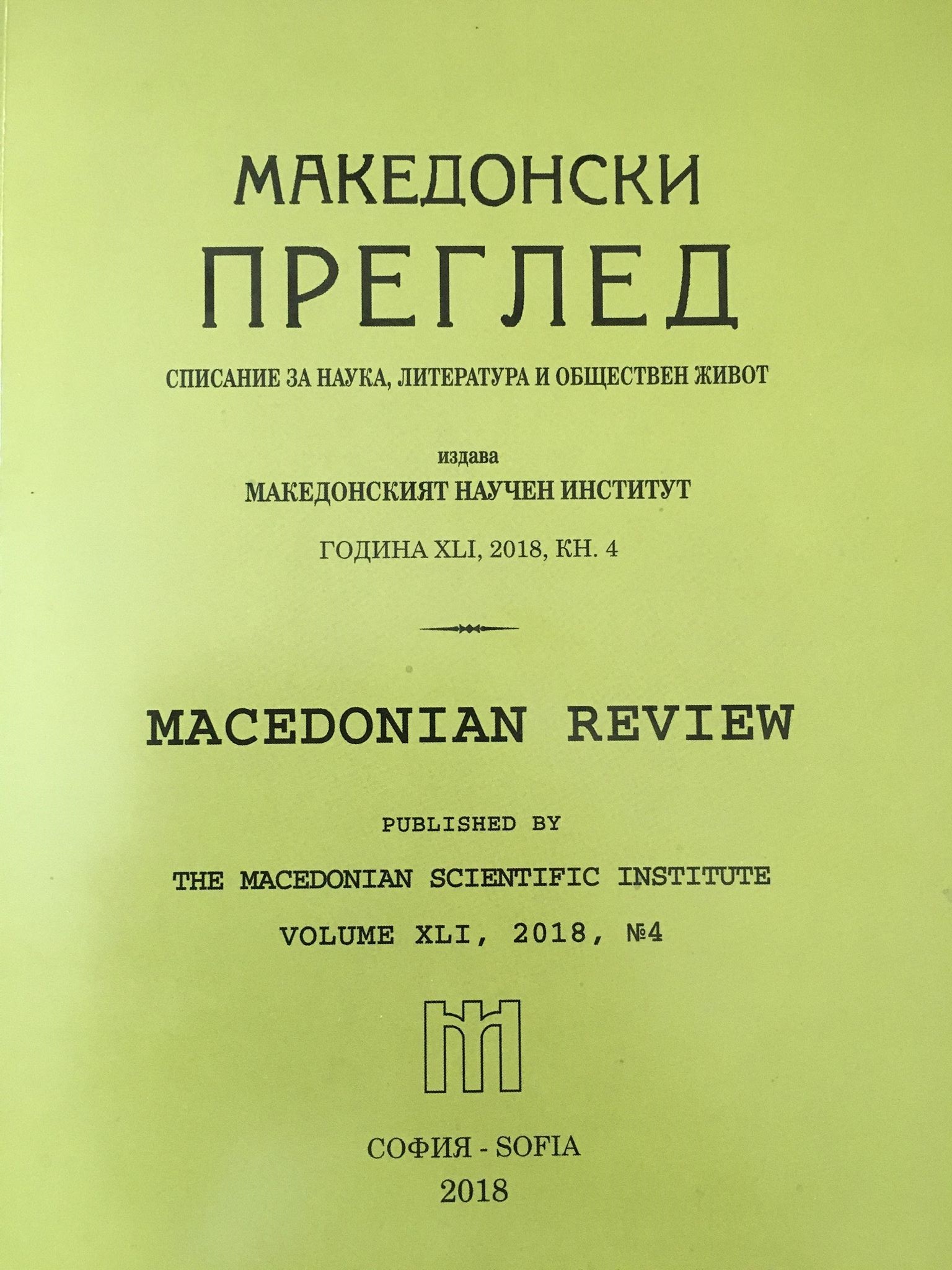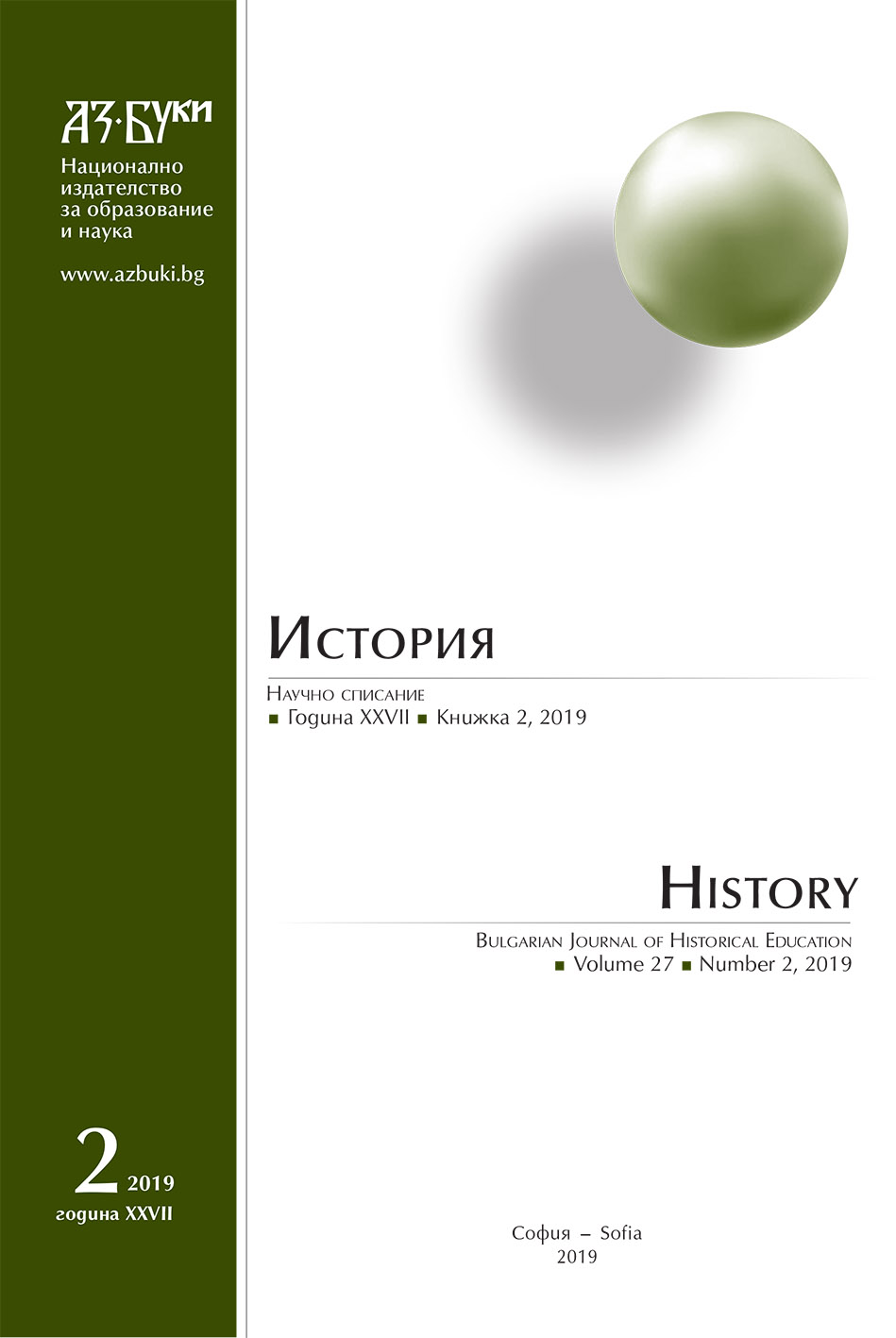
We kindly inform you that, as long as the subject affiliation of our 300.000+ articles is in progress, you might get unsufficient or no results on your third level or second level search. In this case, please broaden your search criteria.


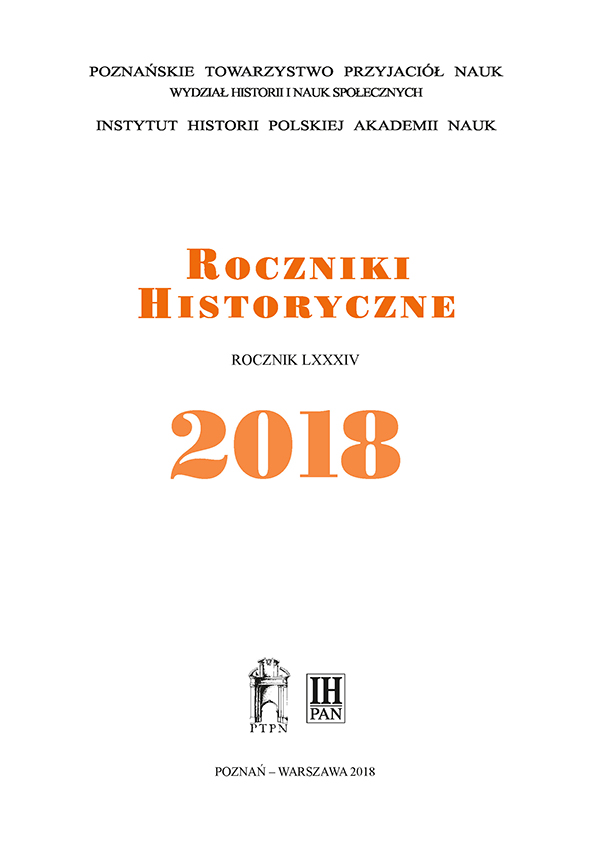
The publication contains a critical edition with commentary of so far unknown sources, surviving in the 15th century redaction, concerning the history of the house of altarists of the Church of the Assumption of Virgin Mary in Cracow, the calendar and the necrology (with early modern notes) and the catalogue of altarists and benefactors until mid-16th century.
More...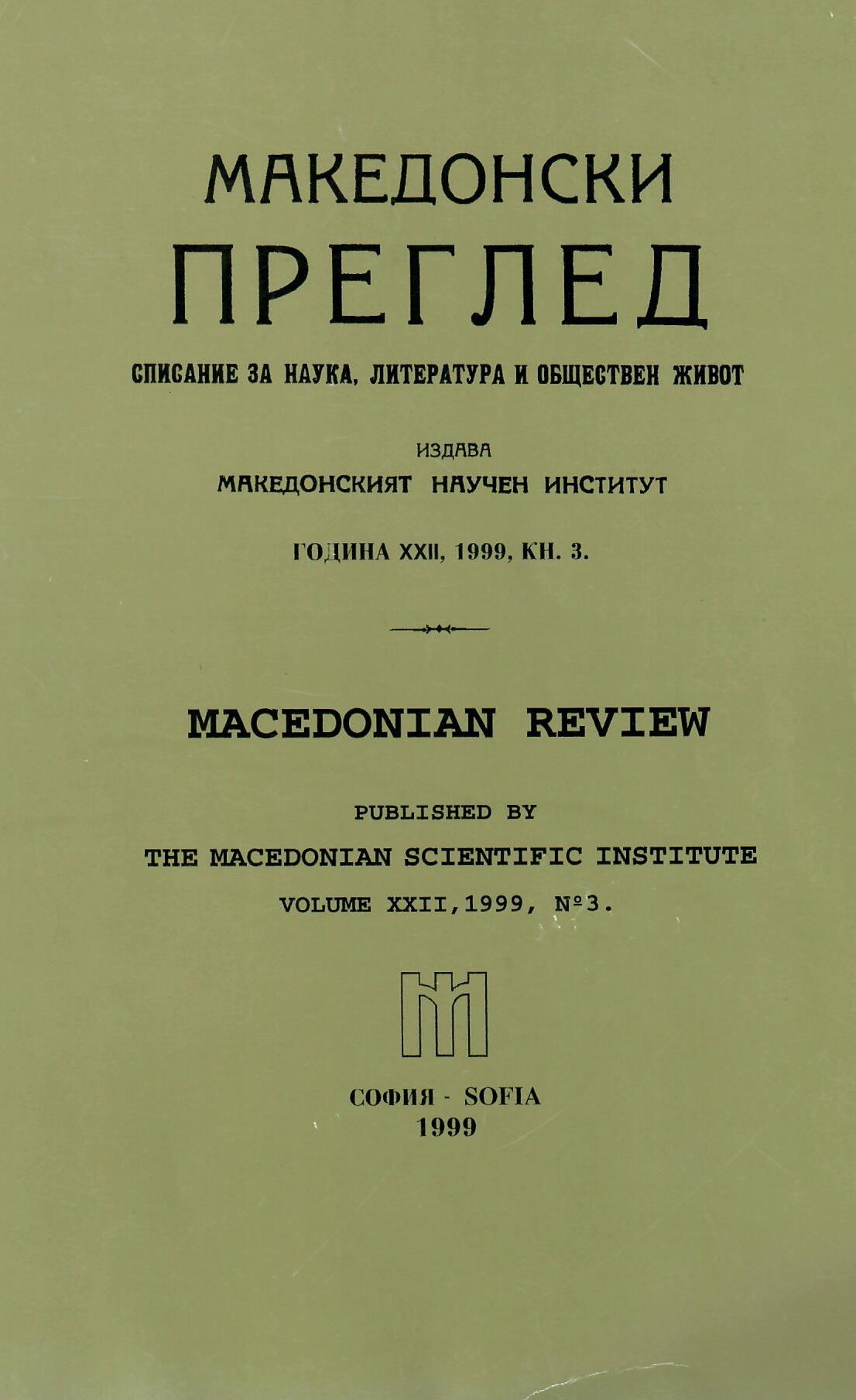

The author argues that Jelica Belović-Bernadzikowska participated in the deployment of the idea of Europeanization of Bosnia and Herzegovina, but not strictly as part of a broader politics of the Austro-Hungarian Empire to integrate this newly acquired territory more easily into its borders. On the contrary, she rather displayed a sense of disdain toward the inefficient mechanisms of power of the imperial state which allowed a flow of corruption and nepotism in Bosnia and Herzegovina during the Austro-Hungarian period, which intersected with gender, nation and/or religion, that she felt compelled to criticize.
More...
The article is questioning the content of the contemporary history textbooks in Bosnia and Herzegovina about the war 1992-1995 as the topic which became part of the curricula in Bosnia and Herzegovina again after the 18 years long break. Diversity of approach in interpretation of the character of the war as well as the representations of the war crimes and mass atrocities are continuing to deepen the divisions between the children of school age.
More...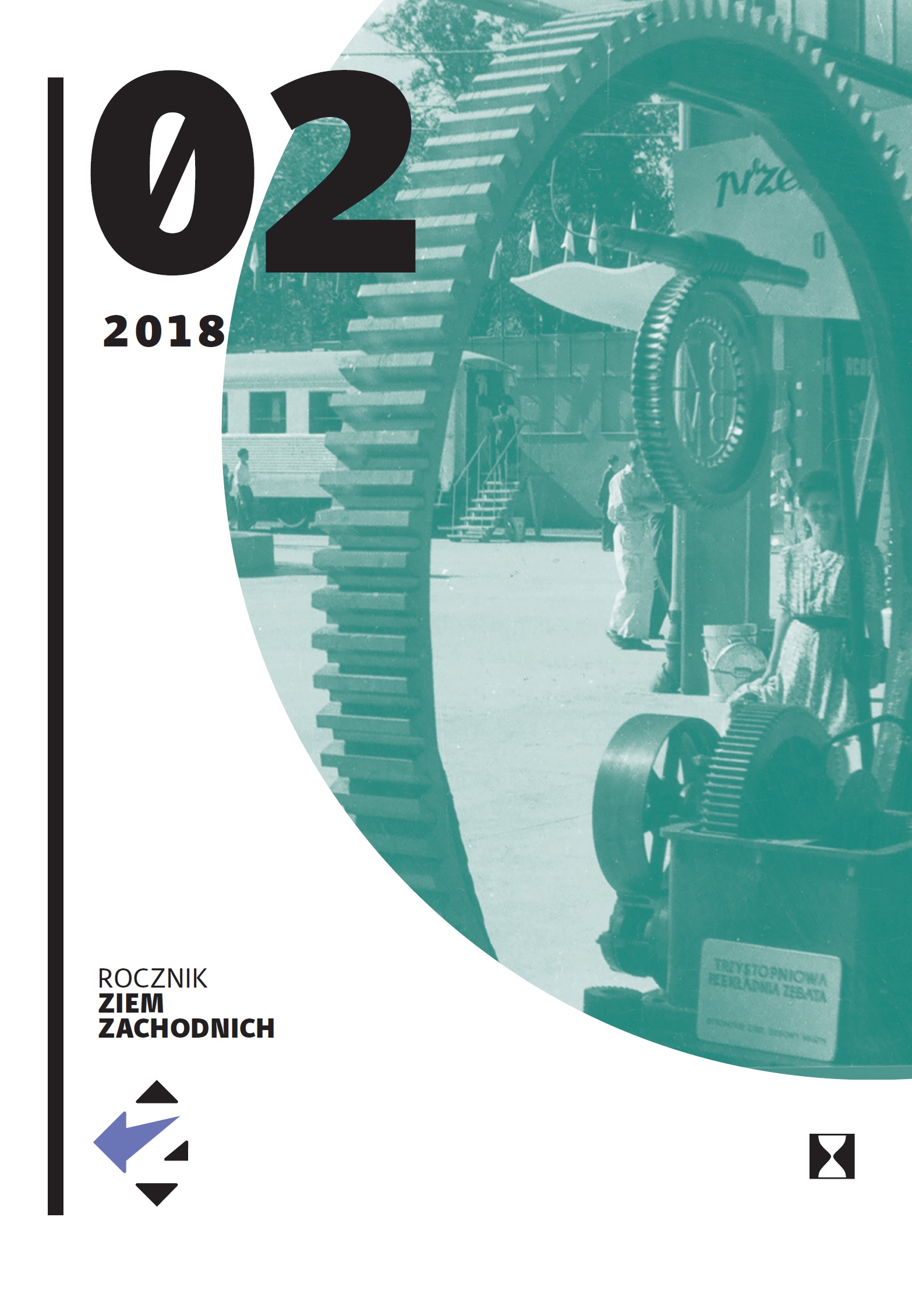
In 1996, Międzyrzecz – at the time a town of about 12,000 inhabitants – became the location for the celebrations connected with the 1000th anniversary of the Polish State and simultaneously an important site within the then Zielona Góra voivodeship for the religious commemoration of the Millennium of the Baptism of Poland. In light of the socio-political situation in Poland at that time, the state and church celebrations occurred independently of each other and, to a significant degree, had a competitive character; indeed, on the part of the Communist authorities there was hostility towards to the actions of the catholic Church. However, in both cases the choice of place was decided by the Polish Piast heritage of the town which, in a clear way for both the state and Church authorities, justified Poland’s territorial acquisitions after World War II. Still today there is a considerable material and intangible heritage in the town of these celebrations which – despite their importance transcending Międzyrzecz – is poorly recognised in the Polish literature. It should also be noted that, fifty years after these events, in 2016 Międzyrzecz once again became – due to its heritage and significance in the medieval history of Piast Poland – the location of state and religious celebrations on the occasion of the 1050th anniversary of the Christianisation of Poland. This time, the celebrations were held jointly.
More...

The paper presents the history of higher education transformation in the region of northeastern Bosnia until the founding of the Faculty of Philosophy, nowadays modernly organized higher education institutions, whose roots reach back to 1941. Because, right then, during the Second World War, the first School of Teacher Education began in operation in Tuzla, which, in a way, has begun to pave the Pedagogical Academy and the present Faculty of Philosophy in Tuzla. Political discussions and decisions of the executive and legislative authorities of all levels necessary for the founding of the Faculty of Philosophy are shown. Chronologically, the development of the faculties from two-course study programs in the initial period of education to the innovative one-subject study programs based on the Sorbonne Declaration of 25 May 1998, the Bologna Declaration of 19 June 1999 and the structure of educational studies at some faculties in Bosnia and Herzegovina, Europe and the world.
More...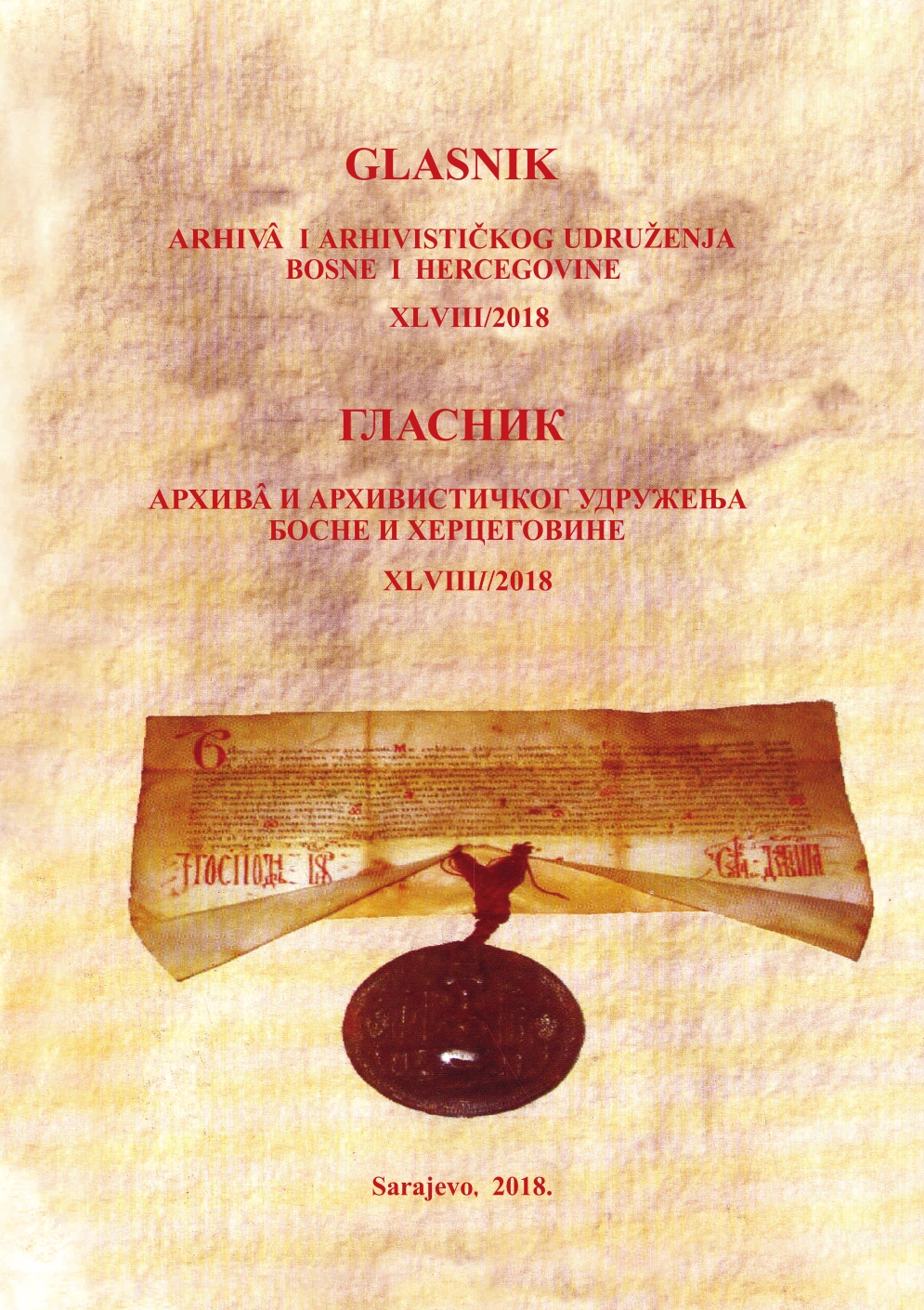
The paper deals with complex refugee movements related to the emigration of Bosniak refugees in the territory of Macedonia. These processes lasted from the establishment of the Austro-Hungarian government in Bosnia and Herzegovina (1878) until the late 70s of the 20th century. It is a complex process, linked to the fate of hundreds of thousands of people. Refugee processes had an impact on the overall situation in the Balkans. In the initial phase, a considerable number of refugees from Bosnia and Herzegovina moved the route of the Ottoman Empire, that is, the Kosovo, Bitola and Thessaloniki vilayas, and further towards the interior of the Ottoman Empire. A significant number of Bosniak refugees settled on the territory of Macedonia, believing that this would be their permanent residence. Through a series of historical circumstances, a number of refugees used Macedonia as a temporary residence, and after a while, the refugees continued their journey further towards the interior of the Ottoman Empire. The migration movements of Bosniaks were also expressed in the time of the first Yugoslavia, as well as after the Second World War. In these processes, Macedonia was an important transit center. Tens of thousands of refugees, originally moved to Macedonia, where, after creating the conditions, they would go further to Turkey. However, a significant number of refugees remained in Macedonia creating special enclaves, which despite the ruinous centuries-old history remained in place in Macedonia's area until today.
More...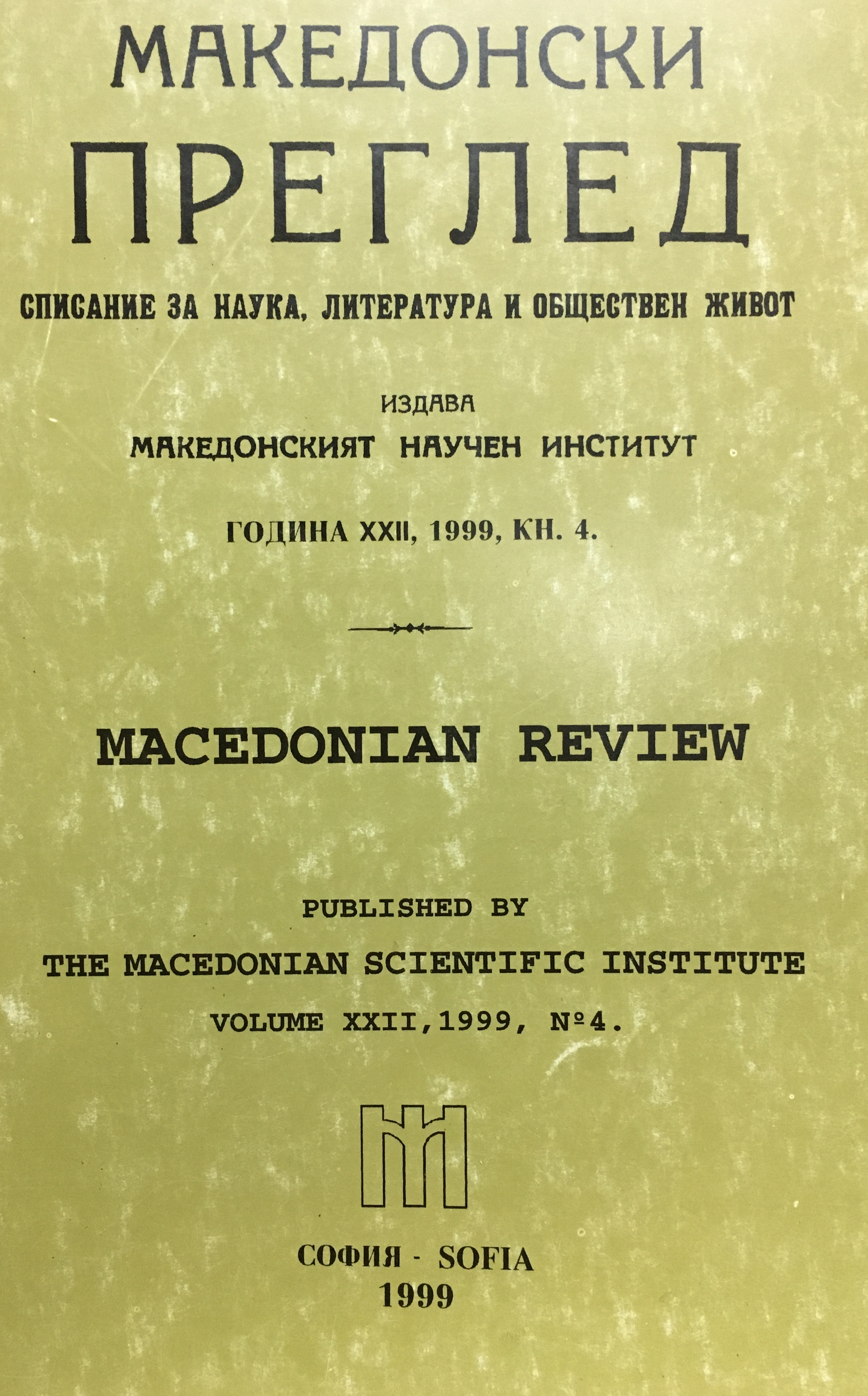
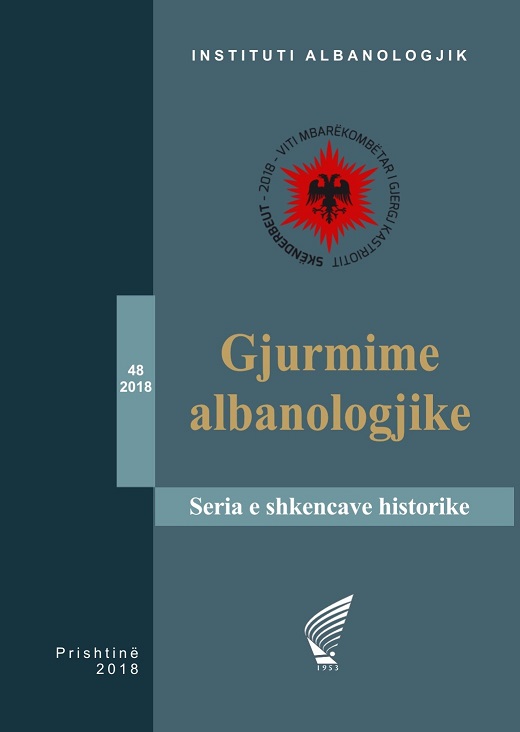
Regarding the events developed in the East Crisis period (1875/78), so far, various studies have been published by home and foreign authors. It is known that, due to the geopolitical context of the time, for the Principality of Montenegro the project of the country's independence from the Ottoman Empire was primary, but at the same time of the territorial expansion, aiming to emerge at the sea, where occupational aspirations were also towards the Albanian territories in the west of Vilayet of Shkodra. In this regard, Tivat and its surroundings represent a unique example of research and geopolitical and military analysis of time. Being the westernmost town of Vilayet, it was the arena of a bloody war, becoming a symbol of vandalism and general destruction during the two months of bombing like no other town until that time. Following the development of military operations and the occupation of several territories related to the benefits and territorial expansion of Montenegro with the support of mainly from Russia, it was also discussed at the St. Stephen Conference (3 March 1878) and at the Berlin Congress (13 June 1878 ). They were precisely the decisions of the Great Powers that decided upon their geopolitical interests, legitimizing the beginning of the decomposition of the Ottoman Empire in the Balkans in the territorial aspect, bypassing the ethnic principle in the respective territories, where the Albanians suffered the most.
More...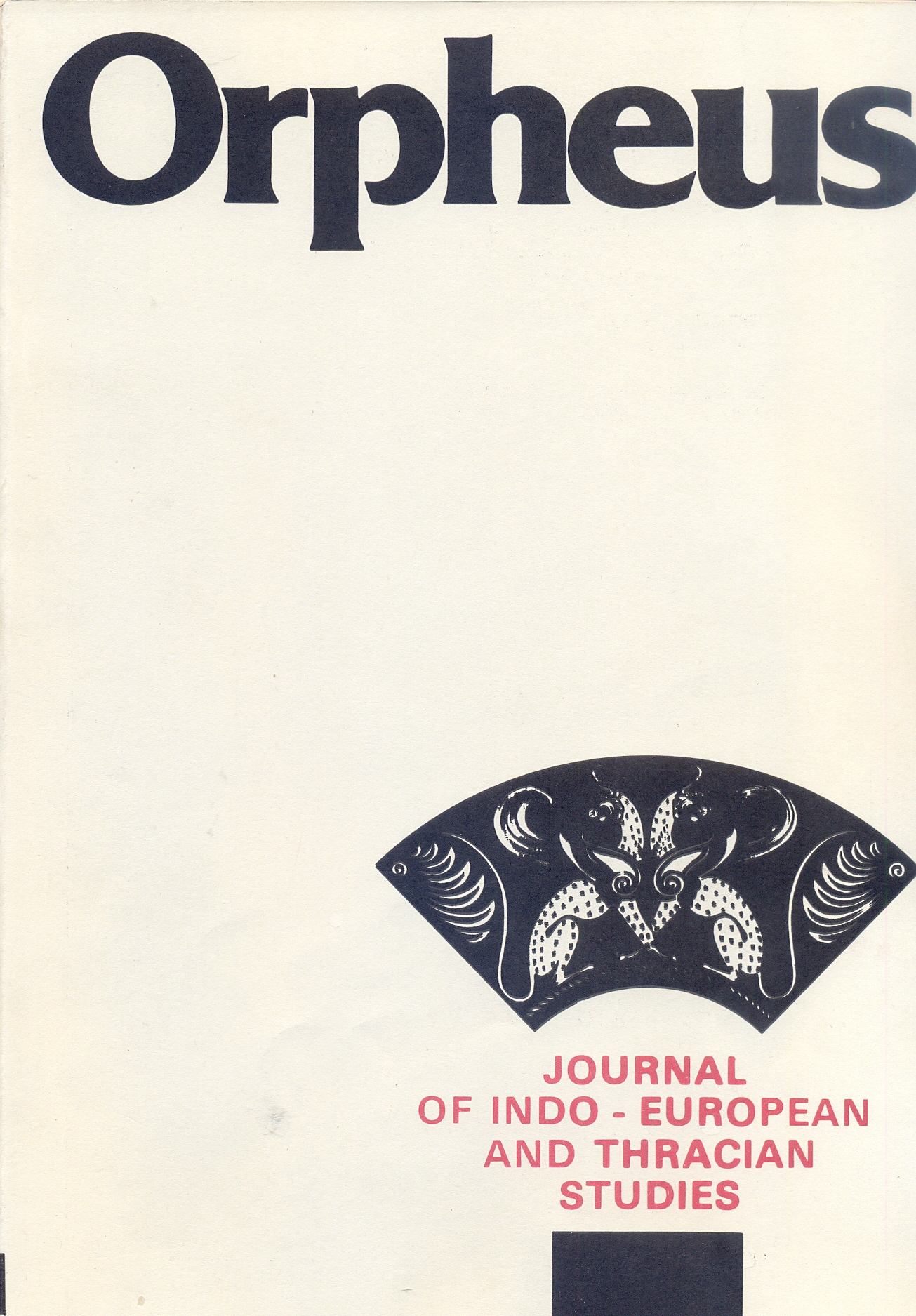

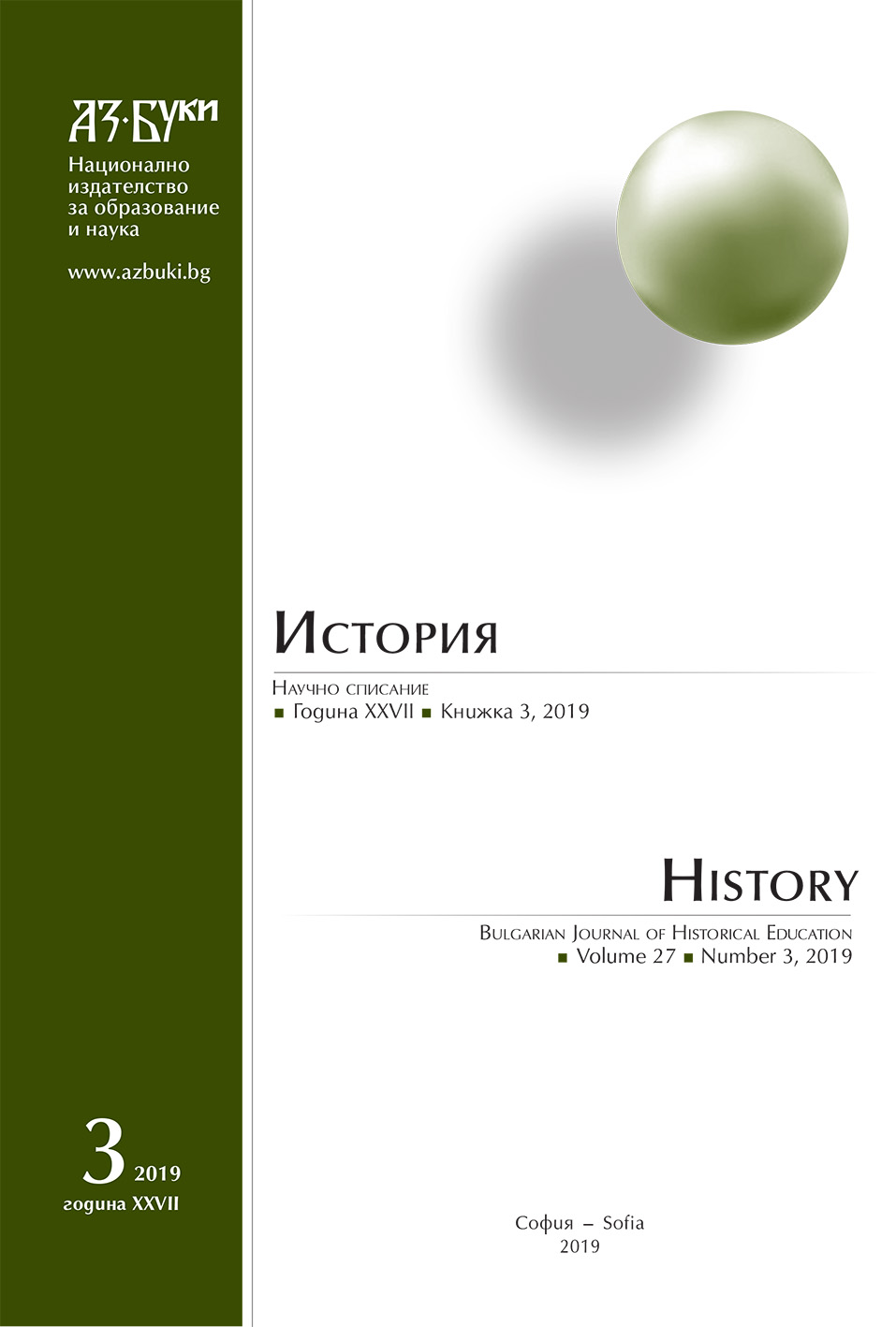
The article examines a number of written sources (western treatises,letters, historical works, Arabic and Persian manuscripts, geographical and nautical maps), which testify about the political presence of the restored Bulgarian kingdom in part of the Dnipro-Carpatian region. Shown is how during different periods the local population was under the rule or in sphere of influence of the Hungarian kingdom,the Golden Horde and the Bulgarian kingdom. Some of the adornments found near Voinești, Oțeleni and Cotnari are originating from the area of South Danubeand together with the monetary finds present an important evidence about the relations of today’s Moldavian lands with the Bulgarian lands south of Danube.
More...
Tolstoyism as a teaching with its anti military line, with its preaching about fraternal love and unity, with its ethic religious feeling which is an upbringing tool, with the vegetarian way of life which priorities have been demonstrated by its followers, wins disciples in Bulgaria in the first decades of 20th century. A number of organizations were set up and started functioning under the influence of these ideas – Bulgarian vegetarian union, temperance societies and unions, Esperanto movement, pacific movement – which contributed to its broader social support. But Tolstoyism could not survive in the epoch of sharp political collisions because it teaches beautiful but helpless ethics. Today its ideas are subjected to analysis and discussions.
More...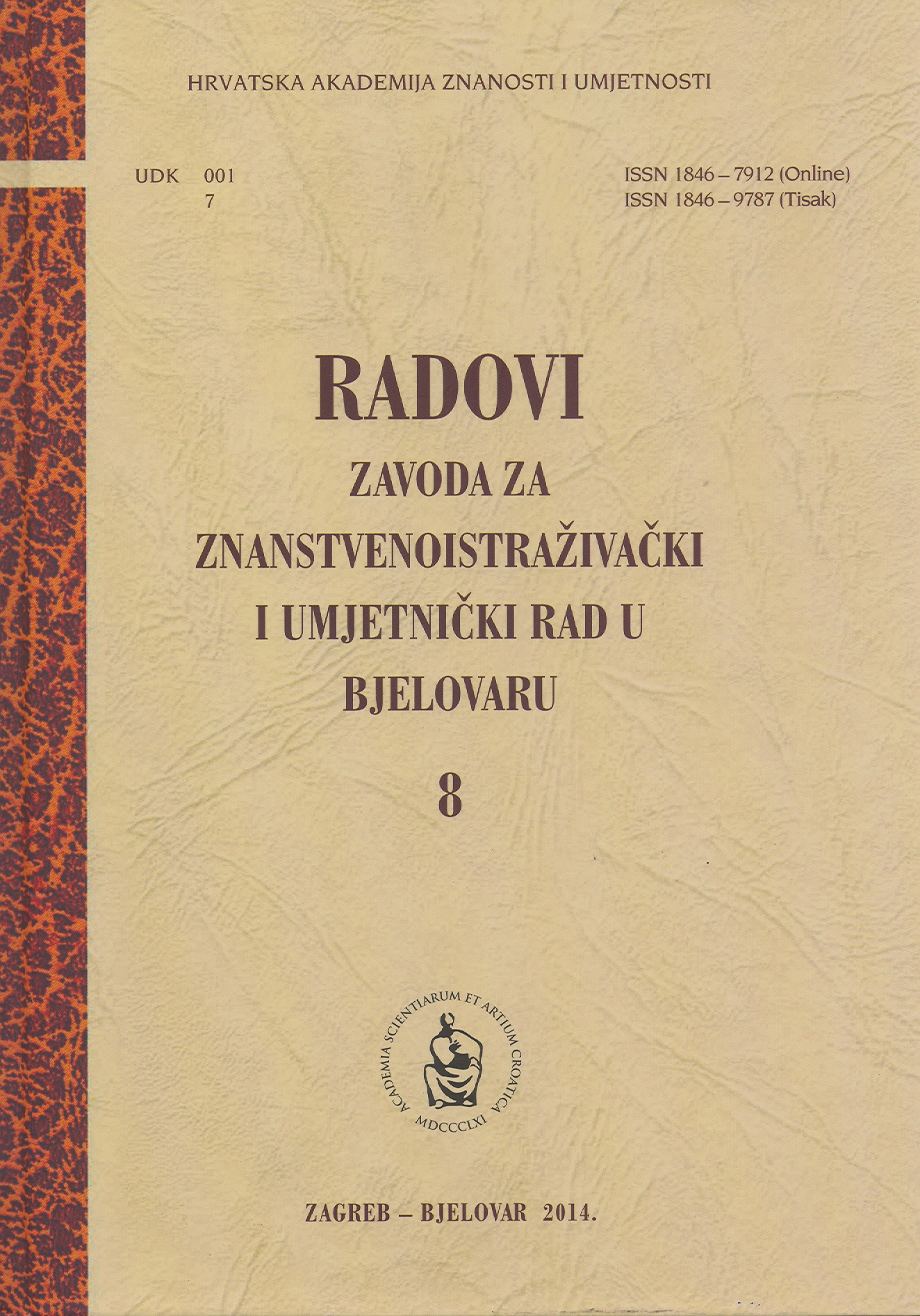
In the introductory part, the following world-known authors are mentioned as examples of diary keeping: Anna Frank, André Gide and Thomas Mann. The diaries by Croatian authors Dragojla Jarnević, a member of the Croatian Revival Movement, and Josip Pavičić from Bjelovar, are further mentioned. For the purposes of this study, an insight is offered into the diaries kept during World War One by Iso Kršnjavi, Ivo Vojnović and Miroslav Krleža, as well as the Imperial and Royal Varaždin Infantry Regiment no. 16, which was seated in Bjelovar. As testimonies from World War Two, diaries by Josip Horvat, Miroslav Krleža and Vladimir Dedijer, from all of which brief quotes are given, are of major importance. The Homeland War is the topic of the diaries kept by two Croatian writers – Antun Šimunić and Stjepan Tomaš from Osijek, while Martin Barić brings the writings kept by those who had been performing continuous attacks on Karlovac during a period of four years. For the Bjelovar–Bilogora County and its margin areas, wartime testimonies of significance may – partly in the diary form – be found in the books by Nikola Ivkanac and Stjepan Ivanić. A further particularly important diary is the one that was written by medical doctor Marica Topić Sinjaković. In this paper, the author brings the testimonies of the events in Bjelovar during the Homeland War, starting with the beginning of the attack on Bjelovar on Sunday, 29 September 1991, and the events that had followed during the following days. The testimonies rely on the book by Zoran Filipović – Dnevnik smrti 1991. (The Diary of Death 1991) and the author’s own book entitled Bjelovarski ratni tjedan – dnevnički zapisi 1991. (The Bjelovar War Week – The Diary of 1991). The author refers to three additional events not registered in his book. Finally, an excerpt from the diary kept by Anica Marić, a displaced person from Vukovar, in which she describes the stopping of the bus convoy from Vukovar in Bjelovar, as well as her experience that day in Bjelovar, is given.
More...
The bibliography of the works on the Homeland War in the Bjelovar–Bilogora County was composed in order to present them together to the interested public. The purpose was to familiarise the users with the existing material, enable them to quickly find bibliographic data, and stimulate them to further explore this topic. The bibliography comprises books, papers published in scientific and expert journals, wartime newspapers that had been published in the Bjelovar–Bilogora County, and audiovisual material. The bibliography further includes scientific and expert literature published in Croatia 1990–2013, which describes and analyses the causes of the downfall of Yugoslavia; the Great-Serbian ideology and policy; the causes of the aggression; wartime operations and military formations; the fall of the barracks of the Yugoslav National Army; the migrations of the population; displaced persons and refugees; wartime sufferings and the victims of the war; destroying monument and cultural heritage; wounding and medical care for the endangered in the areas of Bjelovar, the Bjelovar–Bilogora County and western Slavonia.
More...